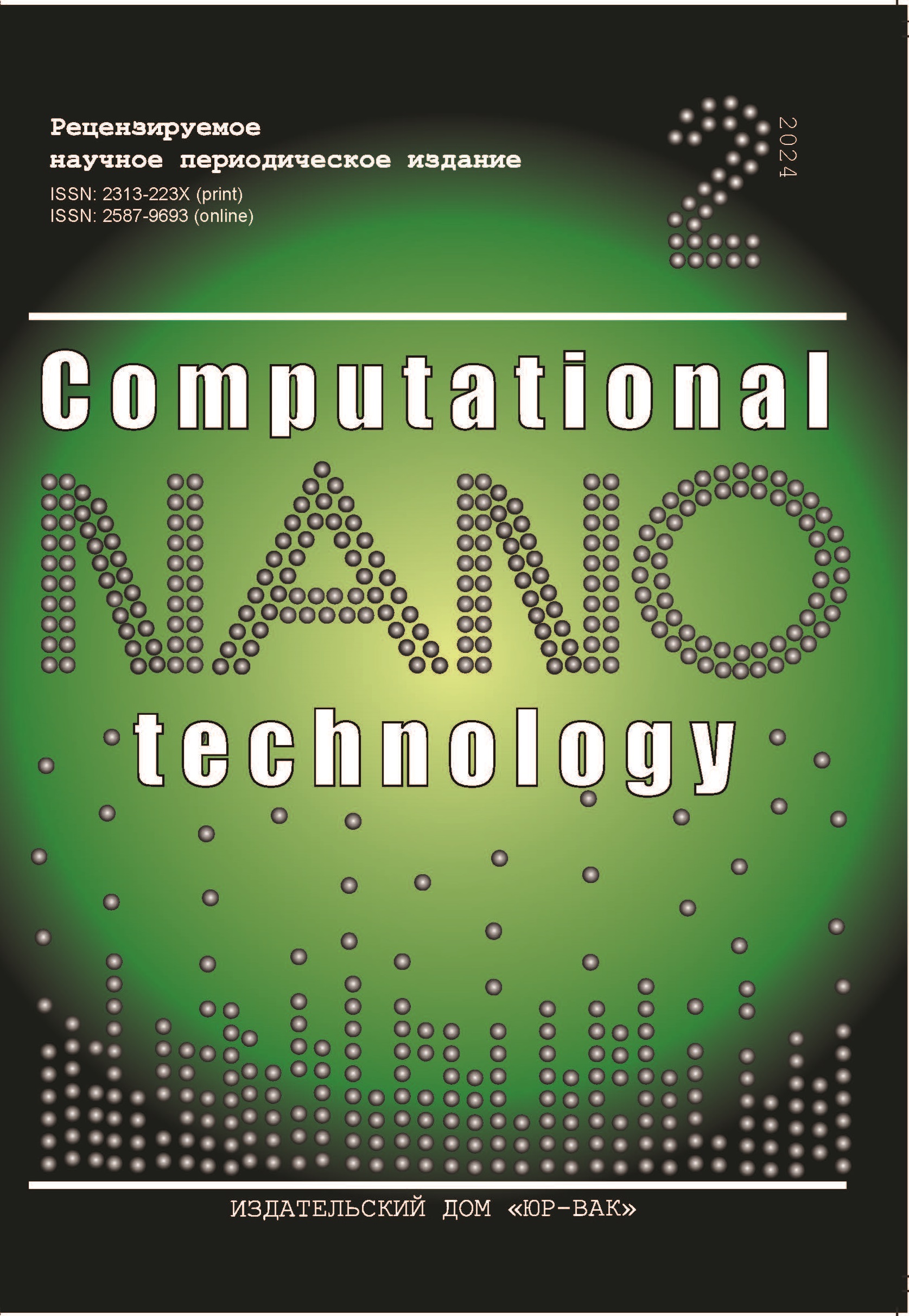Development of an Intelligent Control Algorithm for a Group of Unmanned Aerial Vehicles
- Authors: Londikov V.A.1, Lukanov S.Y.1, Timoshevskaya O.Y.1
-
Affiliations:
- Pskov State University
- Issue: Vol 11, No 2 (2024)
- Pages: 86-92
- Section: MATHEMATICAL AND SOFTWARE OF COMPUTЕRS, COMPLEXES AND COMPUTER NETWORKS
- URL: https://bakhtiniada.ru/2313-223X/article/view/266807
- DOI: https://doi.org/10.33693/2313-223X-2024-11-2-86-92
- EDN: https://elibrary.ru/MSWKVS
- ID: 266807
Cite item
Abstract
At the current moment, the development of scientific and technological progress is being update. In particular, the development and widespread use of unmanned aerial vehicles is particularly relevant. These technological innovations are capable of solving a whole range of tasks in completely different areas of human life, both domestic and professional. One of the subtasks of applying these solutions is the use of groups of unmanned aerial vehicles. However, a problem arises related to their control in space, which requires the development of new algorithms and approaches to its solution. The main purpose of the presented article is to perform an analysis regarding the issue of controlling a group of unmanned aerial vehicles. The paper presents the results of the development of the author's interpretation of an algorithm designed to control a group of unmanned vehicles. The algorithm of the bee colony taken as a basis. A special feature of the proposed algorithm is the modification due to the integration of artificial intelligence elements. It assumed that the use of the proposed approaches in practice would significantly increase the efficiency and ensure the autonomy of the tasks performed by a group of unmanned aerial vehicles. The main advantage of the developed intelligent algorithm is the capture of the maximum possible survey area with the available number of unmanned aerial vehicles in the group.
Full Text
##article.viewOnOriginalSite##About the authors
Vladimir A. Londikov
Pskov State University
Author for correspondence.
Email: redcat60@mail.ru
SPIN-code: 3960-5739
Cand. Sci. (Eng.), associate professor, Department of Information and Communication Technologies, Institute of Hybrid Technologies in Machine Tool Construction of the Union State
Russian Federation, PskovSergey Yu. Lukanov
Pskov State University
Email: lukanovysergey@gmail.com
postgraduate student, Department of Information and Communication Technologies, Institute of Hybrid Technologies in Machine Tool Construction of the Union State
Russian Federation, PskovOlga Yu. Timoshevskaya
Pskov State University
Email: olga.tim777@yandex.ru
SPIN-code: 3280-2702
Cand. Sci. (Eng.), associate professor, Department of Information and Communication Technologies, Institute of Hybrid Technologies in Machine Tool Construction of the Union State
Russian Federation, PskovReferences
- Gordienko V.S., Polyanin K.S. The control system of a group of unmanned aerial vehicles. Science Without Borders. 2018. No. 1 (18). Pp. 44–47. (In Rus.)
- Saveliev A.I., Lebedeva V.V., Lebedev I.V. et al. Management of a group of UAVs when working out crisis flight situations in solving transport problems. Izvestiya SFU. Technical Sciences. 2022. No. 1 (225). Pp. 110–120. (In Rus.)
- Ivanov E.V. Control system of a group of UAVs for joint payload transportation. Globus. 2020. No. 11 (57). Pp. 34–40. (In Rus.)
- Egorova K.V. Simulation model of flight control of a group of unmanned aerial vehicles based on the algorithm of a bee colony. Vestnik VSTU. 2023. No. 2. Pp. 68–71. (In Rus.)
- Xiao-Ping X., Xiao-Ting Y., Wen-Yuan Y. et al. Algorithms and applications of intelligent swarm cooperative control: A comprehensive survey. Progress in Aerospace Sciences. 2022. Vol. 135. Pp. 239–263.
- Leonov A.V., Litvinov G.A. Application of the BEEADHOC bee colony algorithm for routing in FANET. Bulletin of SibGUTI. 2018. No. 1 (41). Pp. 85–95. (In Rus.)
- Fourati L.C., Mohammed A.B., Fakhrudeen A.M. Comprehensive systematic review of intelligent approaches in U-AV-based intrusion detection, blockchain, and network security. Computer Networks. 2024. Vol. 239. P. 110140.
- Andrievsky B.R., Popov A.M., Mikhailov V.A., Popov F.A. Application of artificial intelligence methods for flight control of unmanned aerial vehicles. Aerospace Engineering and Technologies. 2023. No. 2. Pp. 72–107. (In Rus.)
- Hu G., Du B., Chen K., Wei G. Super eagle optimization algorithm based three-dimensional ball security corridor planning method for fixed-wing UAVs. Advanced Engineering Informatics. 2024. Vol. 59. Pp. 143–167.
- Gaiduk A.R., Dyachenko A.A., Kapustyan S.G., Plaksienko E.A. Algorithms of autonomous group control of horizontal movements of UAVs. Data Analysis and Processing Systems. 2017. No. 2 (67). Pp. 120–134. (In Rus.)
- Zhu Yu. Formation of flight control of a group of unmanned aerial vehicles based on the algorithm of a multi-agent swarming model. Informatics, Telecommunications and Management. 2022. No. 4. Pp. 22–36. (In Rus.)
- Hasan M.K., Kabir S.R., Salwani A. et al. 3D relative directions based evolutionary computation for UAV-to-UAV interaction in swarm intelligence enabled decentralized networks. Alexandria Engineering Journal. 2023. Vol. 85. Pp. 104–113.
- Muslimov T.Z. Algorithms for controlling the formation of autonomous unmanned aerial vehicles of an airplane type using the vector field method. Management, Communication and Security Systems. 2019. No. 4. Pp. 187–214. (In Rus.)
- Hui Y., Wang J., Li B. STF-YOLO: A small target detection algorithm for UAV remote sensing images based on improved Swin Transformer and class weighted classification decoupling head. Measurement. 2024. Vol. 224. Pp. 543–586.
- Liu W., Ga Z. A distributed flocking control strategy for UAV groups. Computer Communications. 2020. Vol. 153. Pp. 95–101.
- Kutakhov V.P., Meshcheryakov R.V. Management of group behavior of unmanned aerial vehicles: Setting the task of applying artificial intelligence technologies. Problems of Management. 2022. No. 1. Pp. 67–74. (In Rus.)
Supplementary files














